Expedition Amundsen: the details
Åsnes Expedition Amundsen is about 100 km from start to finish. There are three mandatory checkpoints (Hellevassbu, Litlos, Viersla) and a security point (10 km before the finish line). Participants must not leave the official route.
Participants follow the same route taken by Roald Amundsen 1896 in preparation for the South Pole Expedition of 1911. Roald never reached Eidfjord; he was surprised by bad weather and had to seek shelter. He was close to perishing; fortunately, his brother Leon, also on the expedition, was able to save him from certain death. Amundsen later stated that the trip over Hardangervidda was probably as strenuous and dangerous as his conquest of the South Pole.
Who can take part?
Winter expedition experience
If you don’t have this experience but you still want participate in Expedition Amundsen, you can sign up for an Amundsen training session!What happens in the Amundsen training?
Meetings and courses in the winter mountains where you learn the equipment and skills required to participate in Åsnes Expedition Amundsen and other expeditions. Train in the high mountains where the weather and terrain are comparable to the Greenland ice sheet. You prepare for the Åsnes Expedition Amundsen in conditions as accurate as possible.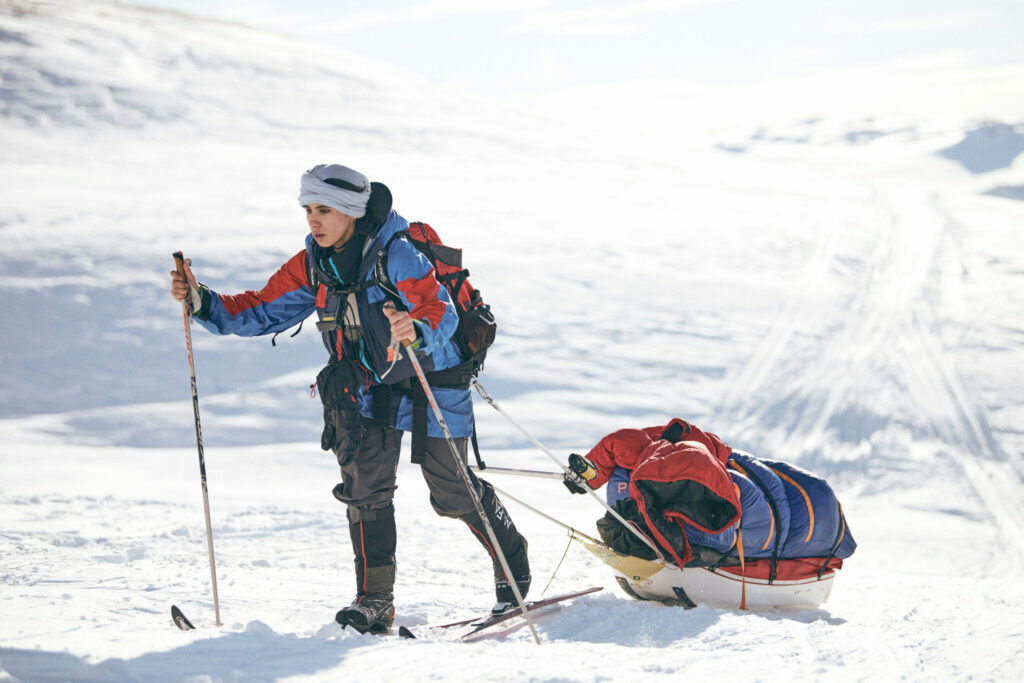
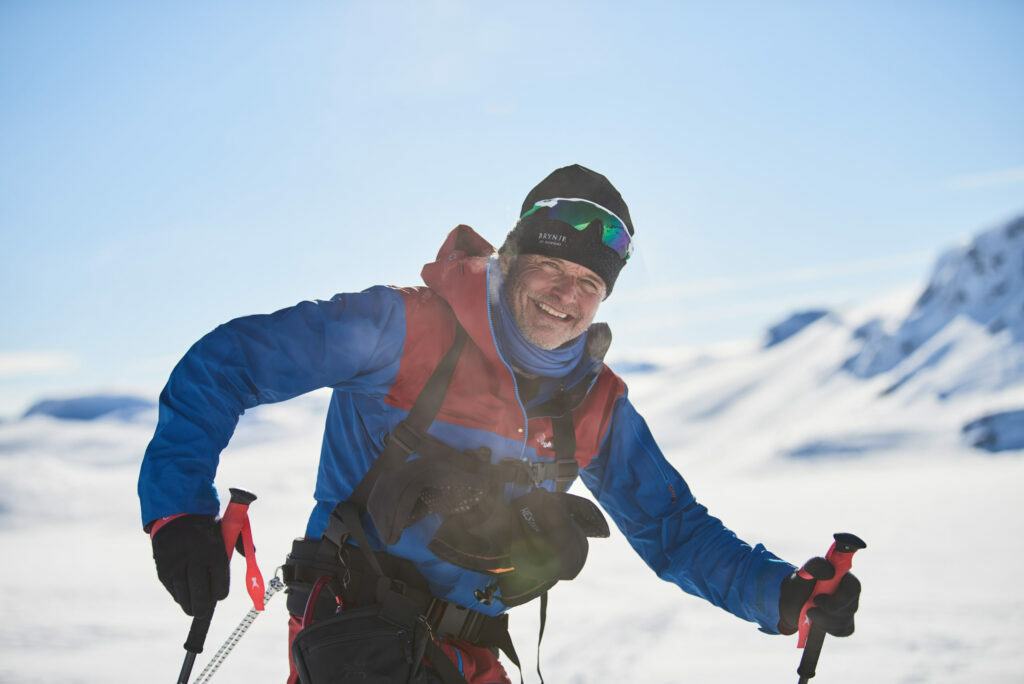
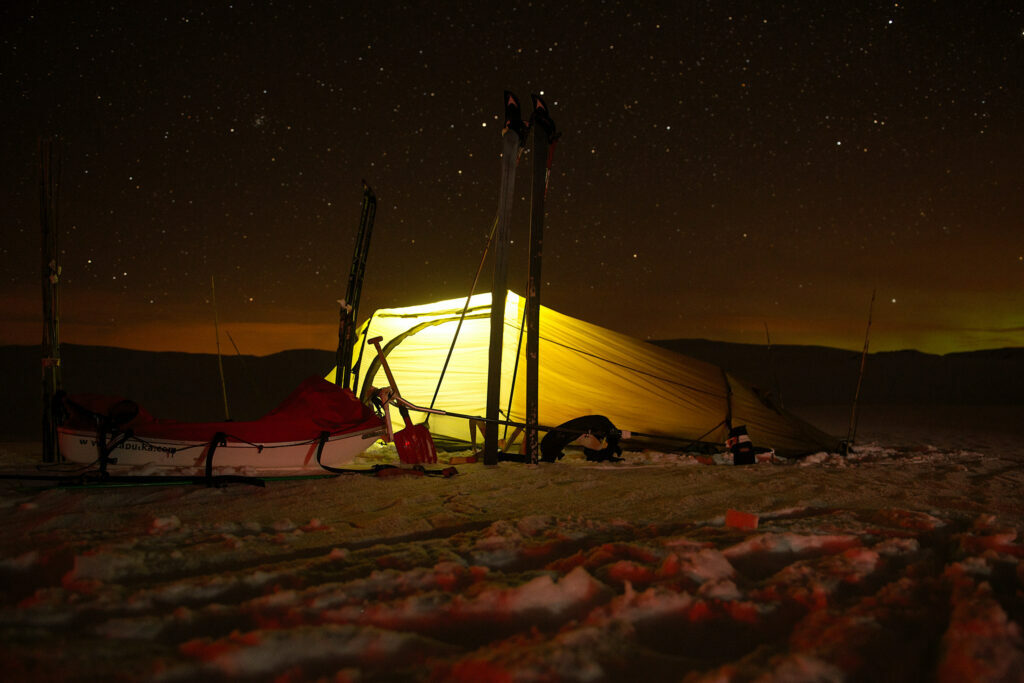
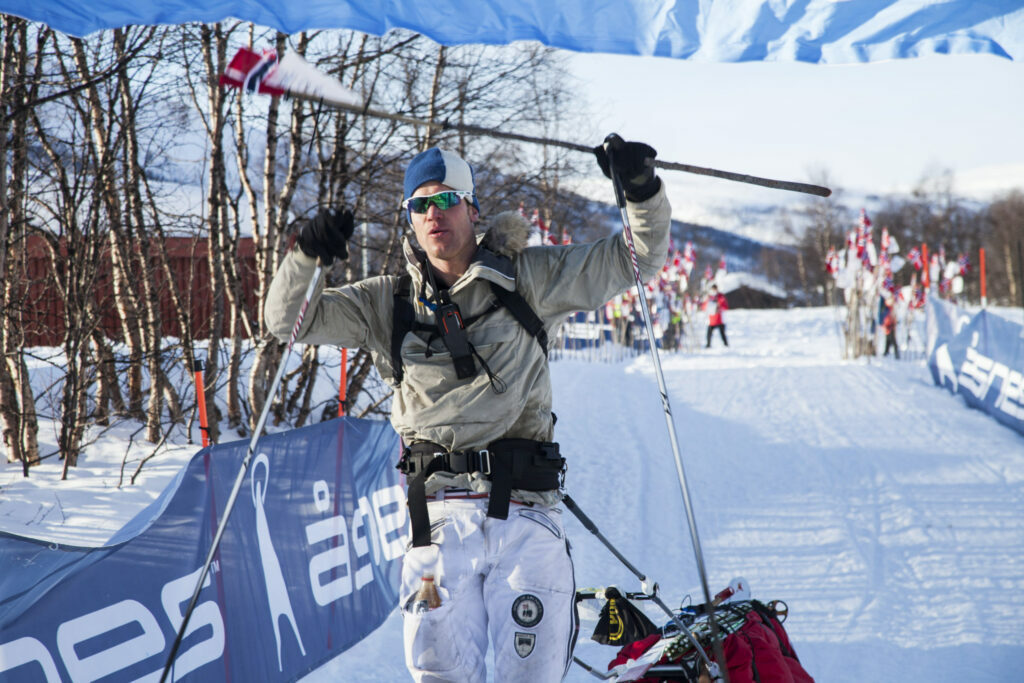

Skills and knowledge
The agenda for the course and packing list will be sent once you’ve signed up.
Classes
Team Class
Teams consisting of two or three participants. The balance of men and women within the team is determined by the team itself. The team must have a team leader who can provide a a reference confirming they have the skills and experience required in the winter mountains. The team’s leader is responsible for the team staying together at all times and acquiring the skills needed before the Åsnes Expedition Amundsen. They must be able to respond to an emergency situation. The team is assessed by the organiser when applying for participation. The pulk must weigh a minimum of 40 kilos at check-in and a minimum of 40 kilos at the finish line. During the race, the weight can be distributed as desired within the team.Individual Class
Participants who can confirm (with references) that they have the skills and experience required in the winter mountains. They’re assessed individually by the organiser after applying for participation. First-time participants should have previously completed the race in a team class. The pulk must weigh a minimum of 40 kg at check-in and a minimum of 40 kg at the finish line.Equipment
Mandatory equipment
There’s an equipment check on Wednesday evening. If the pulk and contents are approved, the pulk’s sealed and loaded into a trailer. There’s no possibility of accessing the pulk and the equipment after sealing. It’s important, then, to remember any essentials such as a sleeping bags, toiletries, and so on, you need before the race.Training
“If you’re not in good enough shape to complete an expedition, that can be a real issue. Generally speaking, we can say that it’s impossible to be in too-good shape. The better shape you’re in, the better the experience trip will be” – Christian Iversen Styve v/ Åsnes Academy Training and mental preparation for long tours and expeditions is simply a necessitt.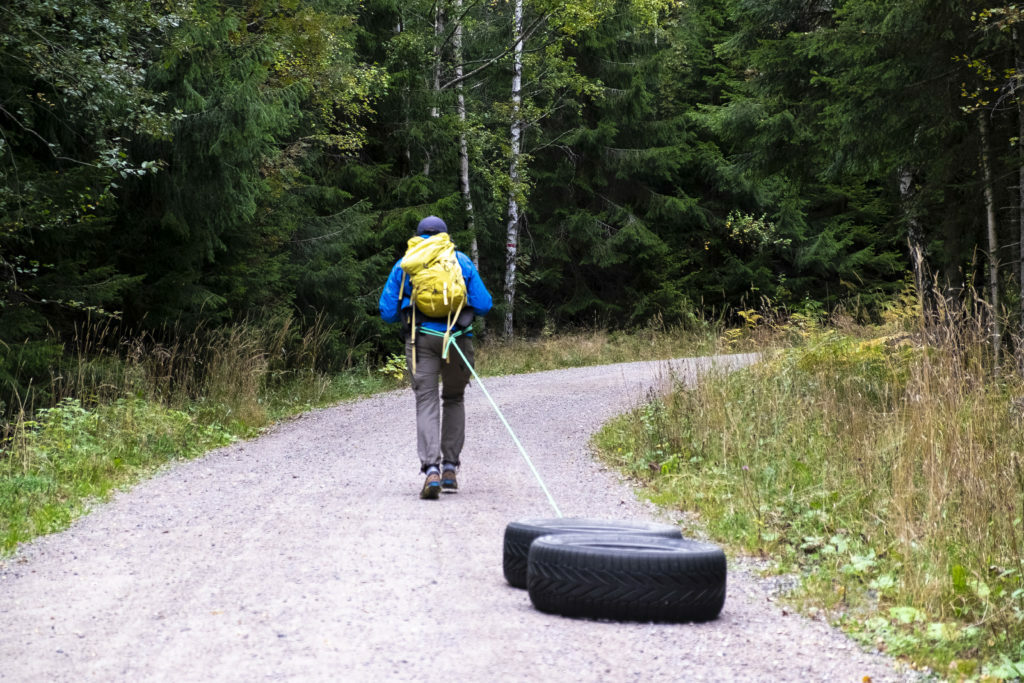
Read and download the complete checklist and race manual from the organiser’s website

Tips for taking a dog into the wilds
Positive training and positive experiences in the outdoors make for a confident dog. But setting out in winter is something a little different – especially if you’re overnighting. So we’ve put together some good rules, tips and tricks to make the experience the best it can be. There’s nothing to prevent these tips being applied in your everyday life with your dog, either!
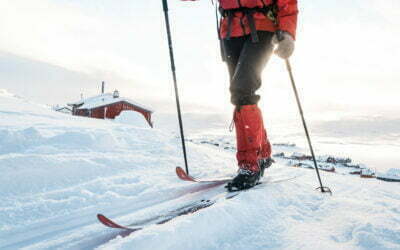
Boots for cross-country skiing in the backcountry
Nothing ruins the skiing experience as effectively as foot-related woe. Blisters. Wet socks. Sore arches. These things are the enemy. Good ski boots are incomparable – cherish yours once you’ve found them. Here’s a guide to help you find them.
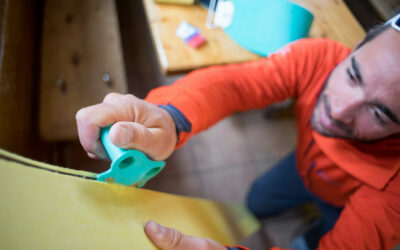
Tailoring long skins for alpine touring
Wondering how to tailor your skins for alpine touring? Here’s an overview – care and trimming long skins for touring skis.
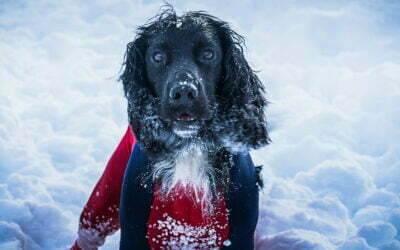
Clothes for dogs in the cold
When it gets cold, spare a thought for you dog. Even dogs with a lot of fur can freeze if they don’t have an insulating undercoat. It doesn’t actually have to be much colder than -5° before many dogs can have problems – but there are still some who think dogs are unfreezeable. Here’s how to make sure they don’t.

Packing a pulk
A quick introduction to packing a pulk. And a few words about the wonderful combination of pulk and skins. We’re having fun in pack-a-pulk-o!
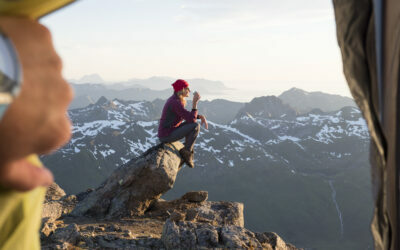
Photography on tour
Capturing moments of magic with a camera can add an extra dimension to the tour experience. With a little system and some simple steps, you can become an even better photographer. Here are some tips how.
